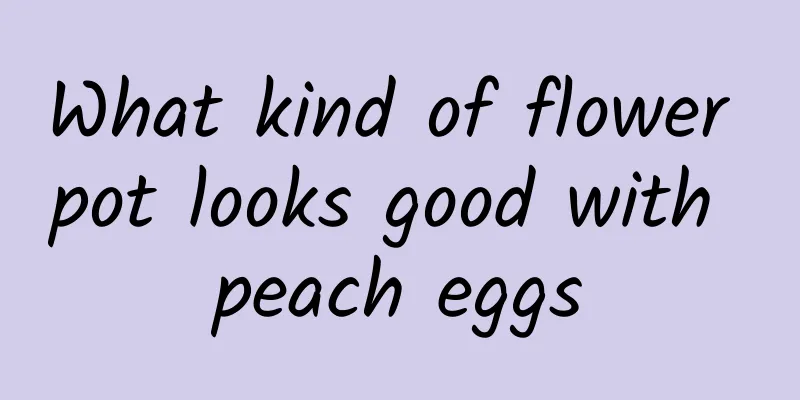List of 9 common poisonous flowers in home gardening

PoinsettiaPoinsettia stems and leaves release toxins, which can cause allergic symptoms in the human respiratory tract or lungs and damage physical health. Its juice should not come into contact with the skin, as it will cause redness, swelling and ulceration of the skin, and may even cause nausea and diarrhea. Euphorbia pilosaEuphorbia milii contains toxic proteins, alkaloids and other toxic substances, and its branches have sharp thorns. If the skin is accidentally pierced, it will cause skin swelling, allergies, and unbearable itching. Dripping GuanyinIf there is too much water in the body of the weeping angel, it will flow out along the tips of the leaves. If you accidentally ingest this water, it will cause gastroenteritis and sore throat. In addition, its milky white juice is also poisonous and will cause redness, swelling and allergies if it comes into contact with the skin. ElderberryElderberry emits a special smell when it blooms. If too many elderberries are grown indoors, it will cause loss of appetite, dizziness and nausea. If the elderberry is pregnant, the nausea and vomiting will be more serious. TuberoseThe fragrance emitted by tuberose when it blooms can make people feel chest tightness and shortness of breath. If there are patients with high blood pressure or heart disease in the family, they will feel chest tightness and difficulty breathing. Lycoris bulbsLycoris radiata bulbs contain toxic substances such as lycorine, which can cause itchy and reddened skin upon contact. If the flowers are inhaled into the respiratory tract, they can cause nosebleeds. Accidental ingestion can cause dizziness, diarrhea, cold hands and feet, and in severe cases, shock. Bachelor TreeThe sap of the Chinese hollyhock tree is poisonous. If it accidentally comes into contact with your skin, it will cause itching and swelling. If it gets into your eyes without you noticing, it may cause blindness. Leopard FlowerAs the name suggests, the petals of the leopard flower are covered with various leopard patterns. When it blooms, it will emit a foul smell, attracting flies to pollinate it, which will make the house smoky. MimosaThe whole plant of Mimosa contains trace amounts of a toxin called mimosa alkaloids. If you stay in the same room with it for a long time, the heads will dry up and fall off. Moreover, it emits toxic substances at night, which is very bad for the body. |
<<: Is purple duckweed poisonous?
>>: The main value of Brazilian iron
Recommend
Do you only eat watermelon by cutting it? Lived for decades in vain! This is the correct way to eat watermelon!
Watermelon Cream Cake It’s so hot in summer, do y...
What is the reason why wheat leaves turn yellow and dry during the seedling stage?
Wheat has a wide range of uses and is present in ...
The role of zapota
The role of zapota Ornamental effect The appearan...
The efficacy and function of multi-flowered wild peony
The ornamental effect of multi-flowered wild peon...
Can the willow of money be planted at the doorstep?
Can the Willow of Money be planted at the doorste...
Hydroponic method of freesia
Choosing a hydroponic vase In fact, if you are no...
Is Hosta suitable for indoor cultivation?
Can it be grown indoors? Everyone has their own p...
The most shade-tolerant indoor potted plants
1. Maidenhair fern The maidenhair fern is a shade...
Can orchids be grown in the leaf mold under the cypress tree?
Can orchids be grown in the leaf mold under the c...
Hydroponic method of zephyranthes
Can it be hydroponically grown? Allium can be gro...
Phalaenopsis semi-hydroponic method
Phalaenopsis semi-hydroponic method When growing ...
How to grow a maidenhair fern in a bottle
Selection of bottles for the maidenhair fern It i...
Does daylily prefer shade or sun?
Does daylily prefer shade or sun? Daylily is a su...
When is the best time to sow cactus seeds?
Cactus seed sowing time When sowing cactus seeds,...
The growing environment and local conditions of red dates
The growth environment and conditions of red date...









